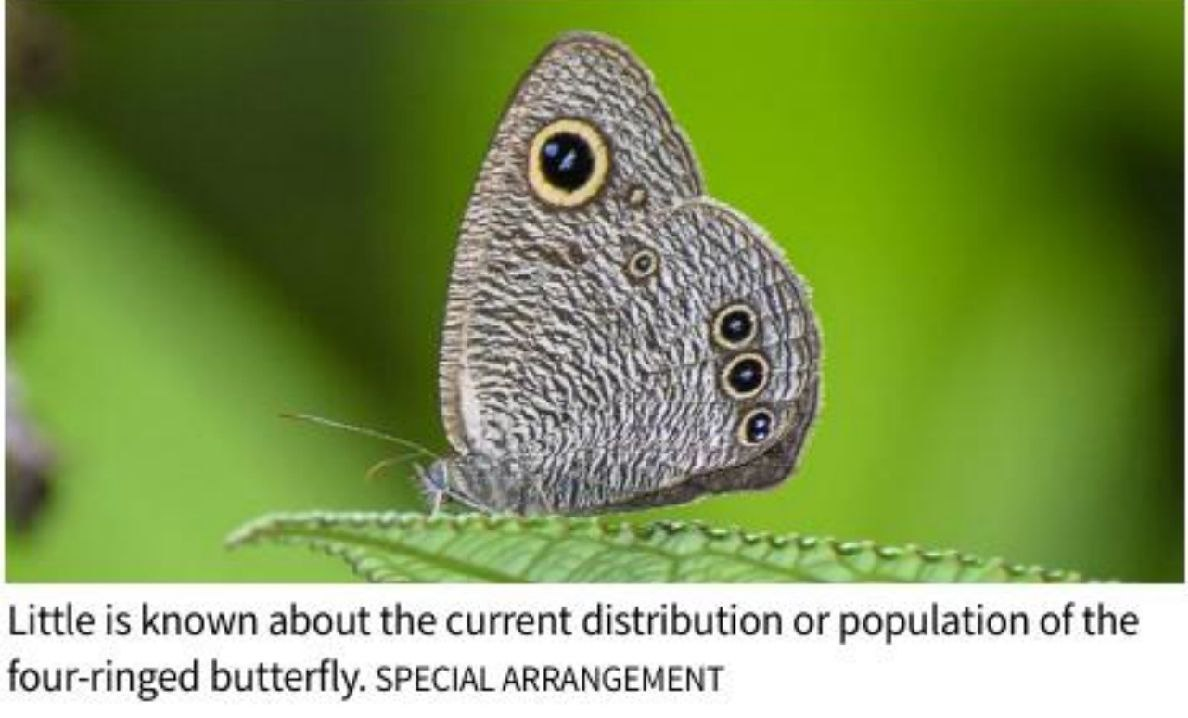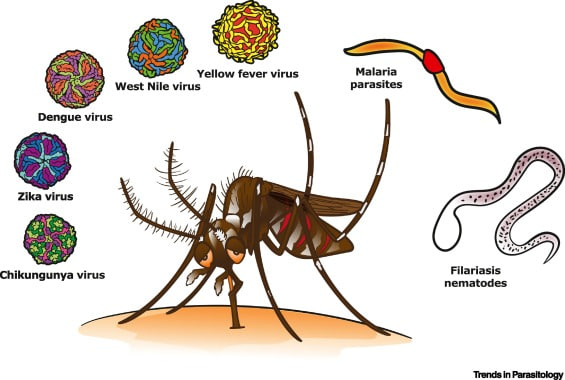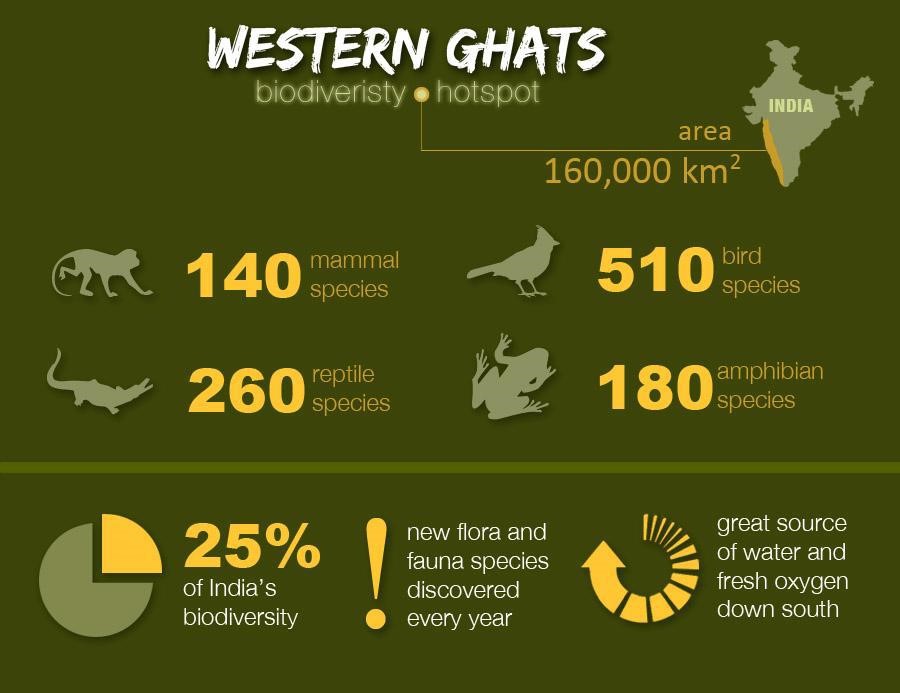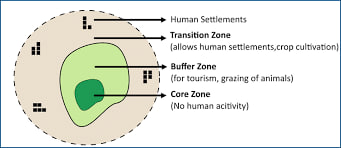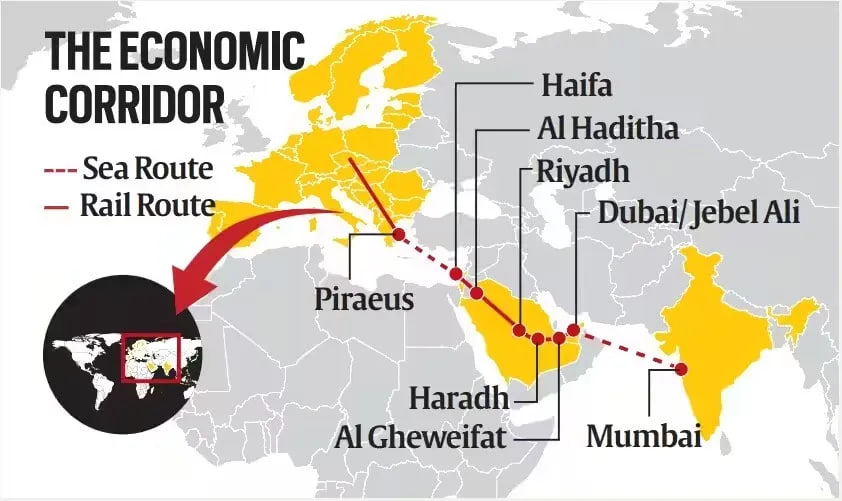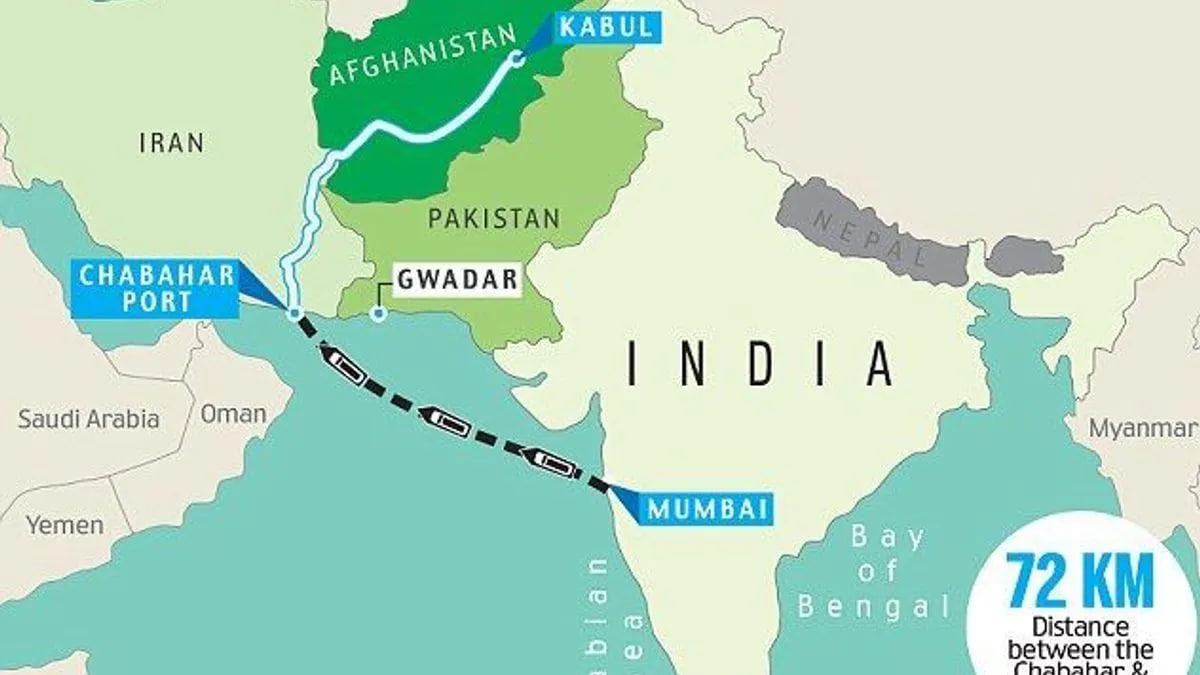1. Advances in Herbicide-Tolerant Technologies for Rice and Wheat
CONTEXT: Traditional rice and wheat cultivation methods have high environmental and resource costs. New herbicide-tolerant technologies offer potential for more sustainable farming practices.
- Current Challenges in Rice and Wheat Cultivation
Rice:
- Requires significant water use for puddling and irrigation.
- Involves labor-intensive transplanting and weed management.
- Traditional method uses up to 30 irrigations, consuming more than 200,000 liters of water per acre.
Wheat:
- Involves burning of paddy stubble and multiple ploughings.
- Requires additional irrigation and tillage before sowing.
- Conventional practices lead to increased fuel and labor costs.
- Herbicide-Tolerant Technologies
Direct-Seeding Rice (DSR):
- Avoids traditional practices like nurseries, puddling, and transplanting.
- Involves direct seeding and minimal irrigation.
- Recommended practice: Laser leveling before sowing (cost: ~Rs 1,200/acre).
- Benefits: Approximately 30% savings in water, labor, and fuel.
Zero-Tillage (ZT) Wheat:
- Allows sowing without burning paddy stubble or land preparation.
- Uses Super Seeder or Happy Seeder machines for planting.
- Benefits: Reduces time, labor, and fuel costs.
- Herbicide: Imazethapyr
Mechanism
- Inhibits the acetolactate synthase (ALS) enzyme, essential for amino acid synthesis.
- Normal crops without ALS mutation are affected by Imazethapyr, leading to their death.
- Herbicide-tolerant crops possess a mutated ALS gene that prevents Imazethapyr from affecting the crop.
Applications:
- Rice: Applied post-seeding to control weeds such as Echinochloa colona, Cyperus rotundus, and Trianthema portulacastrum.
- Wheat: Applied to control Phalaris minor, Chenopodium album, and other major weeds.
- Genetic Modification Status
- The herbicide-tolerant rice and wheat varieties are not genetically modified (GM).
- They contain a naturally occurring ALS gene with induced mutations (chemical or radiation).
- Non-GM Status: Key distinction from GM crops like Monsanto’s Bollgard cotton and the GM hybrid mustard.
- Current Adoption and Impact
Rice:
- IARI (Indian Agricultural Research Institute) and Savannah Seeds Pvt Ltd varieties planted on 15,000 acres.
- Provides a broader spectrum of weed control and reduced environmental impact.
Wheat:
- Mahyco Pvt Ltd’s ‘FreeHit’ technology for zero-tillage wheat expected to enhance adoption.
- Benefits include reduced water use, stubble burning, and improved sustainability.
- Future Prospects
- Potential for wider adoption due to environmental benefits and cost savings.
- Herbicide-tolerant technologies align with climate-smart and sustainable agricultural practices.
Key Points
- Direct-Seeding Rice and Zero-Tillage Wheattechnologies enhance efficiency and sustainability.
- Imazethapyr is a critical herbicide for controlling weeds without affecting the crop.
- Non-GM status of new varieties may facilitate acceptance and adoption.
2. Resurgence of the Four-Ringed Butterfly in India
CONTEXT: Resurfacing: Significant as the species had not been reported for over six decades.
- Research Importance: Calls for further exploration into the species’ current distribution and conservation status.
- About the butterfly
- Species: Great Four-Ring Butterfly (Ypthima cantliei)
- Family: Nymphalidae (Satyrinae subfamily)
- Significance: Resurfaced in India after 61 years
- Recent Discovery
- Year of Discovery: 2018
- Location: Namdapha National Park, Arunachal Pradesh
- Elevation Range: 298.7 meters to 4,498.8 meters above mean sea level
- Historical Context
- Last Recorded: 1957
- Previous Location: Margherita, Assam
- Current Status: Species in India: 35 Ypthima species, with 23 in the northeast
- Global Diversity: Highest in China (Yunnan and Sichuan), also found in Nepal, Bhutan, and Myanmar
- Physical Description
- Wings: Color: Dull brown-grey
- Hind Wing: Three yellow-ringed eye spots (ocelli)
- Forewing: Large bi-pupilled apical ocellus, obscurely ringed with yellow
- Ecological and Conservation Significance
- Habitat: Documented in the Miao range of Namdapha National Park
Importance: Indicates potential changes in butterfly diversity and ecosystem health in the region
3. Fighting Mosquito Menace with Repellents and Vaccines
World Malaria Day
- Date: April 15, established by WHO in 2007.
- Purpose: To highlight the need for continued investment and sustained political commitment for malaria prevention and control.
Mosquito Species and Distribution
- Global: Over 3,500 species of mosquitoes, present on every continent except Antarctica.
- India: Home to over 12% of the world’s mosquito population, with 63 species identified, Anopheles being the leading one.
Historical Context
- Sir Ronald Ross: Awarded the Nobel Prize in Physiology/Medicine in 1902 for discovering how malaria is transmitted by Anopheles mosquitoes.
Diseases Caused by Mosquitoes
- Common Diseases: Malaria, dengue, filaria, Japanese encephalitis, chikungunya.
- High-Risk Areas in India: Odisha, West Bengal, Northeastern states, and urban areas like Pune, Delhi, Chennai, and Kolkata.
Mosquito Breeding Grounds
- Common Sites: Stagnant waters in agricultural farms, plant pots, gutters, bird baths, tires, and trash containers.
- Prevention: Periodic cleaning to reduce mosquito growth.
Repellents and Control Measures
- Natural Repellents: Camphor, tulsi leaves, citronella oil (used in Odomos).
- Chemical Repellents: DEET, developed during WWII, improved by Balsara Home Products (non-sticky advanced Odomos).
Vaccines against Malaria
- Mosquirix: Recommended by WHO in 2021, produced by GlaxoSmithKline and PATH, administered in four doses for infants, used in parts of Africa.
- R21/Matrix: Also recommended by WHO in 2021, produced by Serum Institute in collaboration with Oxford University, first administered in Cote d’Ivoire in 2024.
Indian Initiatives
- Bharat Biotech: Collaborating with GSK-PATH for technology transfer and long-term supply of Mosquirix, aiming for availability in India by 2026.
- Serum Institute: Working on the R21/Matrix vaccine, with hopes for inoculation in India by World Malaria Day 2026.
4. Agricultural Transformation in India: A Lesson for Others
Key Points from PM Modi’s Speech
- Event: 32nd International Conference of Agricultural Economists (ICAE), held in New Delhi.
- Historical Context: India is hosting the conference for the second time after 65 years.
- Conference Theme: “Transformation towards sustainable agri-food systems”.
- Growth Rate: India achieved the highest agricultural growth rate of 5% during 2016-17 to 2022-23.
- Employment: Agriculture remains a key sector for remunerative employment due to the slow transition of labor force from agriculture to industry
India’s Agricultural Achievements:
- Transition from a food-insecure nation to a food surplus country.
- Largest producer of milk, pulses, and spices.
- Second largest producer of foodgrains, fruits, vegetables, cotton, sugar, tea, and farmed fish.
- Global Impact: India’s experience in transforming its food system is valuable for the Global South.
- Holistic Approach: Emphasis on the interconnected health of humans, plants, and animals under the principle of ‘One Earth, One Family, One Future’.
- Small Farmers: Recognized as the backbone of India’s food security.
- Natural Farming: Promotion of chemical-free natural farming yielding positive results.
- Climate-Resilient Seeds: Introduction of 1,900 new climate-resilient seed varieties in the past decade.
- Digitization of Land: Campaign to provide farmers with digital identification numbers for their land and the use of drones in farming.
Additional Information from Web Sources
- Sustainable Agriculture: India’s sustainable agriculture practices, including natural farming, are highlighted as a model for other countries.
- Economic Policies: Agriculture is central to India’s economic policies, with a focus on small farmers.
- Climate Resilience: The Union Budget 2024-25 emphasizes climate-resilient farming.
- Global Food Security: India is actively working to provide solutions for global food and nutritional security.
5. Reissue of Draft Notification on Ecologically Sensitive Areas in Western Ghats
- Context and Background
- Recent Development: The Union government has reissued the draft notification for ecologically sensitive areas (ESAs) in the Western Ghats for the sixth time.
- Historical Context: This draft has been under review for a decade, with the first version issued in March 2014. The last draft was published in July 2022.
- Current Issue: The draft aims to classify parts of the Western Ghats across six states as ESAs, which would impose restrictions on activities such as quarrying, mining, and large infrastructure projects.
- Importance of the Western Ghats
- Geographical Scope: The Western Ghats is a mountain range that runs parallel to the western coast of India, covering approximately 1,29,000 sq km.
- Biodiversity: It is one of the world’s eight “hottest hotspots” of biological diversity, home to a variety of endemic species and rich ecosystems.
- Ecologically Sensitive Areas (ESAs)
- Definition: ESAs are designated regions where certain human activities are regulated or restricted to protect the environment and preserve biodiversity.
- Purpose: To mitigate the impact of economic activities on sensitive ecosystems, reduce habitat destruction, and protect biodiversity.
- Draft Notification Overview
- Latest Draft: Issued on July 31, 2024, and open for public comments for 60 days.
- Content: Includes proposals to declare certain villages and regions in the Western Ghats as ESAs, affecting six states—Gujarat, Maharashtra, Goa, Karnataka, Kerala, and Tamil Nadu.
- Restrictions Proposed: Limitations on quarrying, mining, large infrastructure projects, and other potentially harmful activities.
- Challenges and Controversies
- State Objections: States have raised concerns about the classification, arguing that it could adversely affect agricultural plantations, hydroelectric projects, and lead to migration issues due to high population density.
- Consensus Issues: There is ongoing difficulty in achieving consensus among the states regarding the boundaries and specific designations of ESAs.
- Historical Committees and Recommendations
Madhav Gadgil Committee (2011):
- Recommended declaring the entire Western Ghats as ecologically sensitive.
- Suggested three zones (ESA 1, ESA 2, ESA 3) with varying degrees of protection.
- Kasturirangan Committee:
- Modified Gadgil’s recommendations by reducing the protected area and allowing states to propose their own ESAs.
- Aimed to balance conservation with developmental needs.
- Current Panel and Process
- New Committee: Formed in 2022 to address discrepancies and state concerns regarding the draft notification.
- Mandate: To balance ecological conservation with the rights, needs, and developmental aspirations of the region’s residents.
- Status: The committee is still reviewing issues and has not yet submitted its final report.
- Implications
- For the Environment: Potentially significant benefits in terms of conservation and biodiversity protection.
- For Development: Could restrict development projects and impact local economies.
- For Governance: Highlights the challenges of implementing environmental regulations in the face of state and local opposition.
- Future Prospects
- Legislation Process: After the 60-day comment period, the draft could potentially become law, though historical backlash may delay or alter its final form.
- Need for Consensus: Successful implementation will require addressing state concerns and achieving a balanced approach to conservation and development.
6. India’s Dilemma Amid Rising Iran-Israel Tensions
- Context and Background
- Recent Incident: Assassination of Ismail Haniyeh, the political chief of Hamas, who was a key figure in the Israel-Hamas conflict and negotiations for a ceasefire and hostage release.
- Impact: The killing is expected to impact the ongoing peace process and further escalate tensions between Iran and Israel.
- India’s Position
- Travel Advisory: The Ministry of External Affairs has issued a travel advisory for Indians in Israel and Lebanon. Additional advisories are anticipated.
- No Statement on Assassination: India has refrained from making a public statement regarding Haniyeh’s killing. The Indian government’s stance reflects a diplomatic dilemma due to its close relations with both Iran and Israel.
- Previous Actions: India condemned the October 7 attacks on Israel but has not designated Hamas as a terror organization. India has facilitated the transfer of Indian workers to Israel and is reviewing travel plans.
- Diplomatic Complications
- Ministerial Visit: Indian Road Transport and Highways Minister Nitin Gadkari was in Iran for the swearing-in of the new President and had interactions with regional leaders, including Haniyeh.
- Ties with Iran and Israel: India maintains significant economic and security relations with both nations, complicating its response.
- Strategic Initiatives Impacted
India-Middle East Europe Economic Corridor (IMEEC)
- Definition: IMEEC is a strategic economic corridor initiative aimed at enhancing connectivity and trade between India, the Middle East, and Europe.
- Partners: Includes the UAE, Jordan, Greece, and other regional players.
- Objective: To improve trade routes and economic integration through various transport and infrastructure projects.
- Status: The steering committee meetings for IMEEC have been delayed due to regional tensions, affecting progress.
Chabahar Port Development
- MoU: A 10-year Memorandum of Understanding (MoU) for the development of Chabahar port in Iran was signed in June.
- Importance: Chabahar port is crucial for connectivity to Afghanistan and Central Asia, enhancing trade routes and strategic presence.
- Potential Impact: Regional conflicts and U.S. sanctions could disrupt this initiative.
India-Israel-UAE-U.S. (I2U2) Initiative
- Objective: To strengthen cooperation in areas such as trade, technology, and infrastructure among the member countries.
- Impact: Regional instability could affect the implementation and success of this initiative.
- Future Implications
- Diplomatic Balance: India must navigate its diplomatic relations carefully to maintain its strategic interests in both Iran and Israel.
- Regional Projects: Ongoing and future projects involving regional connectivity and trade corridors may face delays or disruptions due to heightened tensions.
7. India’s oil imports from Russia in July 2024
Key Points:
- Sequential Growth: July marked the seventh consecutive month of sequential growth in India’s oil imports from Russia1.
- Import Volume: Indian refiners imported a total of 2.08 million barrels per day (bpd) of Russian crude oil in July, the highest since June of the previous year1.
- Market Share: Russian oil accounted for 43% of India’s total oil imports of 4.82 million bpd in July1. This share was almost equal to the combined market share of the next four largest suppliers: Iraq, Saudi Arabia, UAE, and the US1.
- Crude Grades: The main crude grades imported were Urals and ESPO. Urals, a medium-sour crude, made up 68% of India’s total oil imports from Russia1. July also saw the highest-ever import volume of Russia’s ESPO crude at 0.16 million bpd1.
- Price Advantage: Urals had a price advantage of over $5 per barrel compared to Saudi Arabian medium-sour grades.
- Impact on Other Suppliers: The increase in imports of discounted Russian oil has significantly impacted imports from Saudi Arabia, which saw a recovery in July but still remained lower than the previous year’s average.
Additional Insights:
- Geopolitical Factors: The availability of Russian crude for export markets increased due to Ukrainian drone strikes on Russian refinery infrastructure1.
- Economic Considerations: The price differential between Russian and Middle Eastern crude grades has been a significant factor in India’s preference for Russian oil1.
These points highlight the strategic and economic considerations behind India’s oil import decisions, which are crucial for understanding the broader context of international relations and energy security.


